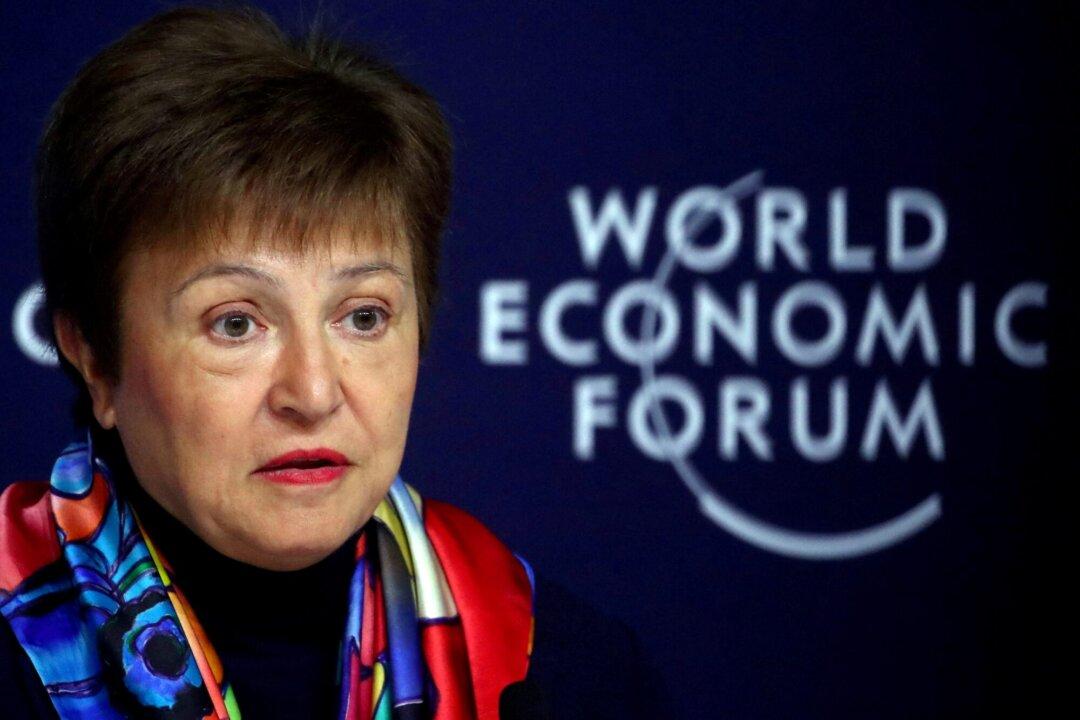Kristalina Georgieva, managing director of the International Monetary Fund (IMF), is warning that the world is heading toward a widespread adoption of central bank digital currencies (CBDC) without properly considering the risk factors involved.
“We are going in that direction,” Georgieva said about the adoption of CBDCs worldwide during a May 1 discussion Milken Institute 2023 Global Conference. “What we are careful about is the choice between wholesale and retail CBDCs. We think that wholesale CBDCs can be put in place with fairly little space for undesirable surprises. Whereas retail CBDCs, they completely transform the financial system in a way that we don’t quite know what consequences it could bring.”





